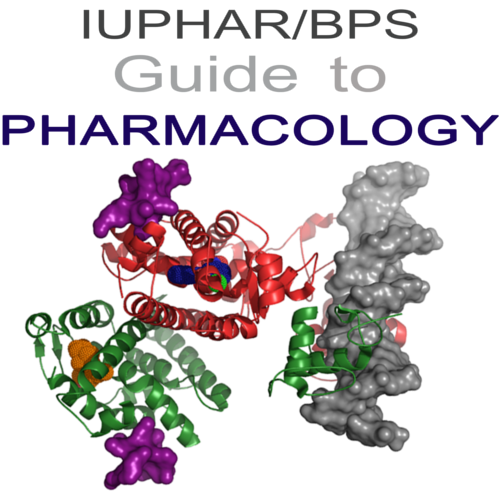Voltage-gated calcium channels (Ca<sub>V</sub>) in GtoPdb v.2021.3
Abstract
Ca2+ channels are voltage-gated ion channels present in the membrane of most excitable cells. The nomenclature for Ca2+channels was proposed by [127] and approved by the NC-IUPHAR Subcommittee on Ca2+ channels [70]. Most Ca2+ channels form hetero-oligomeric complexes. The α1 subunit is pore-forming and provides the binding site(s) for practically all agonists and antagonists. The 10 cloned α1-subunits can be grouped into three families: (1) the high-voltage activated dihydropyridine-sensitive (L-type, CaV1.x) channels; (2) the high- to moderate-voltage activated dihydropyridine-insensitive (CaV2.x) channels and (3) the low-voltage-activated (T-type, CaV3.x) channels. Each α1 subunit has four homologous repeats (I-IV), each repeat having six transmembrane domains (S1-S6) and a pore-forming region between S5 and S6. Voltage-dependent gating is driven by the membrane spanning S4 segment, which contains highly conserved positive charges that respond to changes in membrane potential. All of the α1-subunit genes give rise to alternatively spliced products. At least for high-voltage activated channels, it is likely that native channels comprise co-assemblies of α1, β and α2-δ subunits. The γ subunits have not been proven to associate with channels other than the α1s skeletal muscle Cav1.1 channel. The α2-δ1 and α2-δ2 subunits bind gabapentin and pregabalin.

This work is licensed under a Creative Commons Attribution-ShareAlike 4.0 International License.










